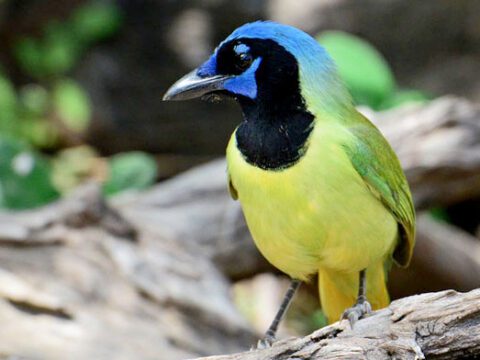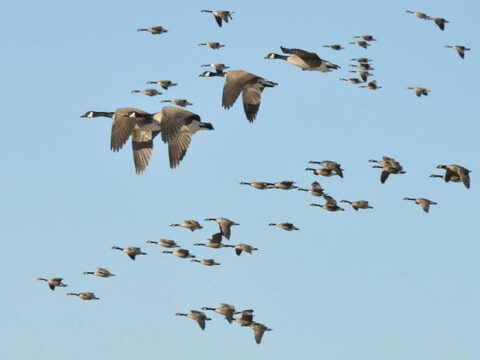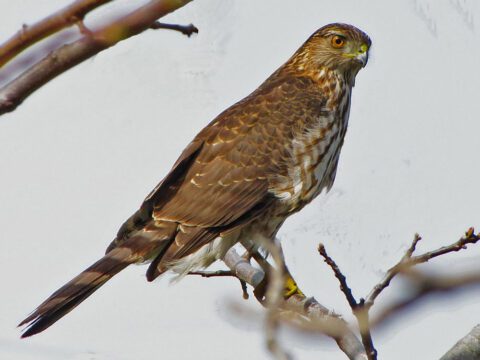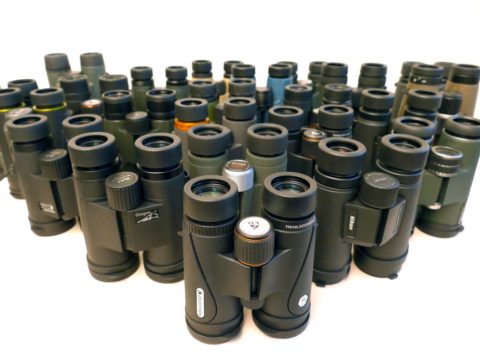New State of the Birds Report Highlights Private Lands
July 2, 2013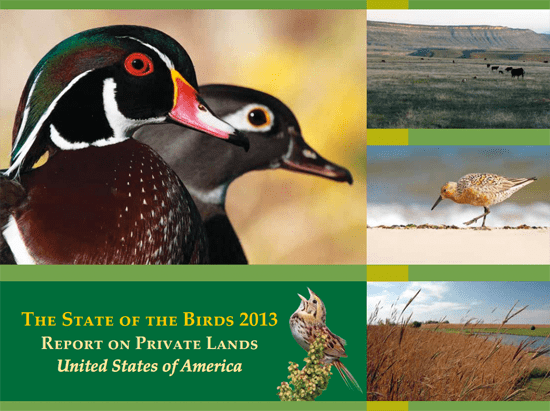
When people think of bird habitat, they likely think of vast, pristine places such as national parks, wildlife refuges, and wilderness areas. But working lands—farmlands, ranchlands, and timberlands—also harbor some of our nation’s most important habitat, particularly for grassland and eastern forest birds.
So says the State of the Birds 2013 report, released today, as a collaborative effort of the North American Bird Conservation Initiative, including the Cornell Lab of Ornithology, U.S. Fish and Wildlife Service, and several of the nation’s top conservation groups. Now in its fourth edition, this year’s report breaks new ground as the nation’s first comprehensive review of bird distribution and conservation on private lands—largely powered by data contributed by bird watchers using eBird.
Roughly 60% of the land area of the United States (1.43 billion acres) is privately owned, and those private lands contain vital bird habitat during the breeding, migration, and winter seasons. From the report:
- Private wetlands support more than 75% of the breeding and wintering distributions of waterfowl such as American Black Ducks, Blue-winged Teal, Northern Pintails, and Wood Ducks.
- Seven breeding grassland bird species, including Eastern Meadowlark and Dickcissel, have more than 90% of their distribution on private lands.
- Black-capped Vireo, Chihuahuan Raven, California Gnatcatcher, Pyrrhuloxia, and Scaled Quail have more than 74% of their distributions on aridlands (desert, chaparral, sagebrush) that are privately owned.
- More than 300 forest-breeding bird species depend on private lands with forest cover. Tree harvesting on timberlands can mimic natural disturbance regimes and support birds that require young forests, such as Golden-winged Warbler and Brown Thrasher (both of which have declining populations).
The report also cites several examples where working lands are accommodating the habitat needs of birds:
- Across 11 Western states, more than 700 ranchers have joined the Sage Grouse Initiative and enhanced 2.5 million acres of aridland habitat for the benefit of Greater Sage‐Grouse.
- In the North Woods of Maine, The Machias River Project has protected timberlands from development and, through connections with other protected lands, served as the missing puzzle piece in completing a mega block of more than 400,000 acres of contiguous habitat for 28 bird species of conservation concern.
- In Nebraska and Colorado, more than 250 private landowners and farmers have located and protected more than 1,000 nests of the imperiled Mountain Plover.
- In Illinois, farmers who signed up for the Farm Bill’s Conservation Reserve Program and put some of their corn and soybean fields back into grass have provided crucial habitat for Henslow’s Sparrows. Regional spring counts of Henslow’s Sparrows there are now about 25 times higher than 30 years ago.
As the planet’s population is expected to grow to 9 billion people by 2050, increased food demands are projected to require 70% more agricultural production. And given the squeeze on bird habitat on private lands already (grassland habitat provided by the Conservation Reserve Program has dropped from over 30 million acres in 2007 to just over 20 million acres today, with many of those acres going back into production due to soaring crop prices), it’s easy to see why it will be so critically important to conserve habitat on working lands for breeding, migrating, and wintering birds over the next few decades.
You can download the entire State of the Birds 2013 report at www.stateofthebirds.org, or just look at descriptions and outlooks for certain habitat types, as well as delve into the data yourself by clicking on species distribution maps.
The State of the Birds analysis effort is conducted by some of the nation’s top ornithologists and scientists, but it’s largely powered by citizen birders: The distribution models rely on more than 1.5 million eBird checklists submitted from 220,000 unique locations across the U.S. between 2004 and 2011.
So, in a way, you can be a contributor to the next edition of State of the Birds (planned for 2015). Just get busy birding and share your lists on eBird.

All About Birds
is a free resource
Available for everyone,
funded by donors like you
American Kestrel by Blair Dudeck / Macaulay Library

